Look Out for This Eye-Catching Terra-Cotta Art Deco Doorway in Bed Stuy
If you just focus on the main facade of this Bed Stuy building you’ll see some fine terra-cotta ornamentation but you will miss the true Art Deco beauty that is around the corner.

If you just focus on the main facade of this Bed Stuy building you’ll see some fine terra-cotta ornamentation but you will miss the true Art Deco beauty that is around the corner.
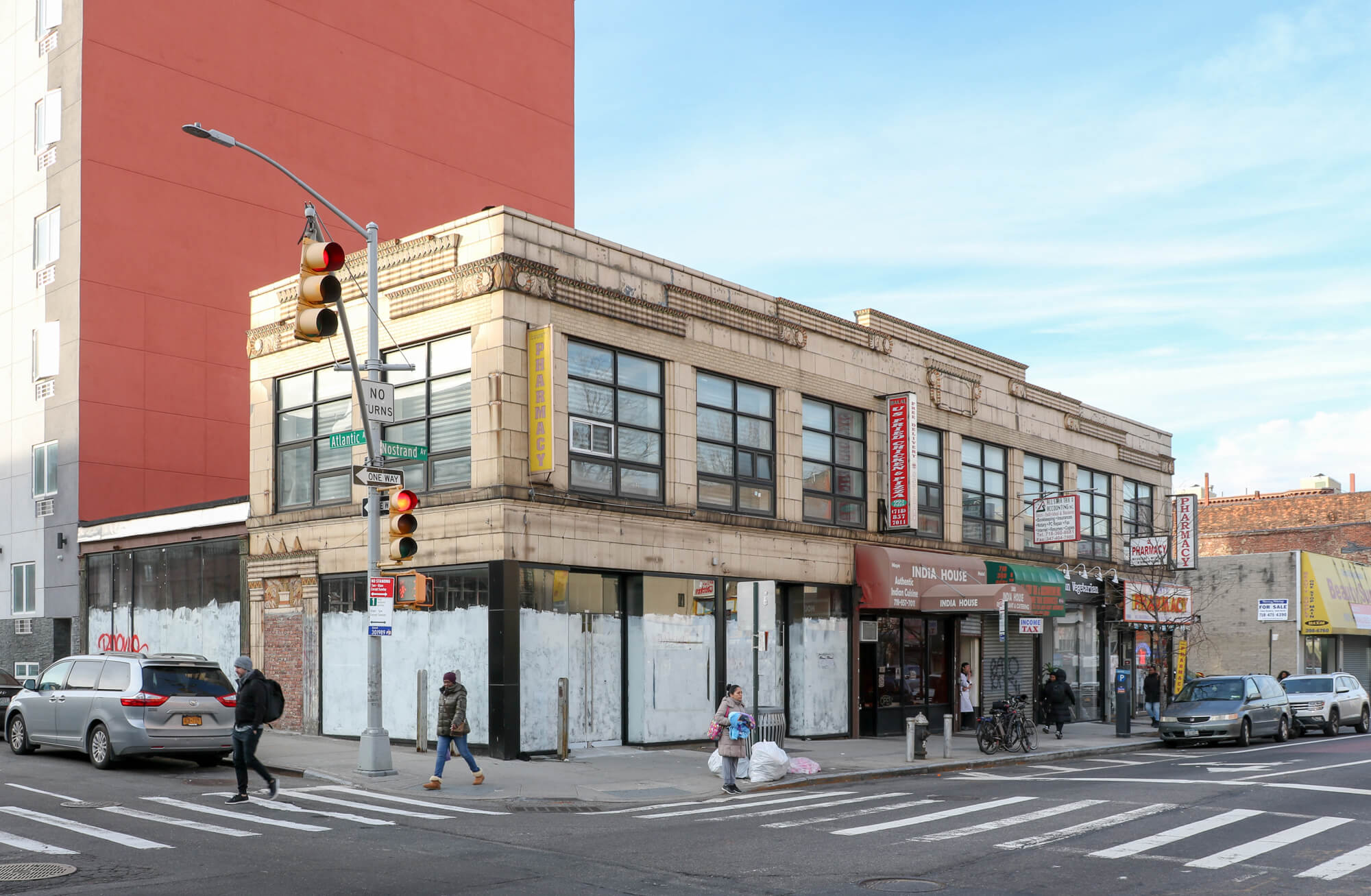
Designed by Morris Bernard Adler in 1932, the brick and terra-cotta building at 580-588 Nostrand Avenue takes up the full block front and wraps around the corner at Herkimer Place and Atlantic Avenue. Head to the Atlantic Avenue facade and there you will find an elaborate surviving columned door surround with sophisticated polychrome terra-cotta ornamentation.
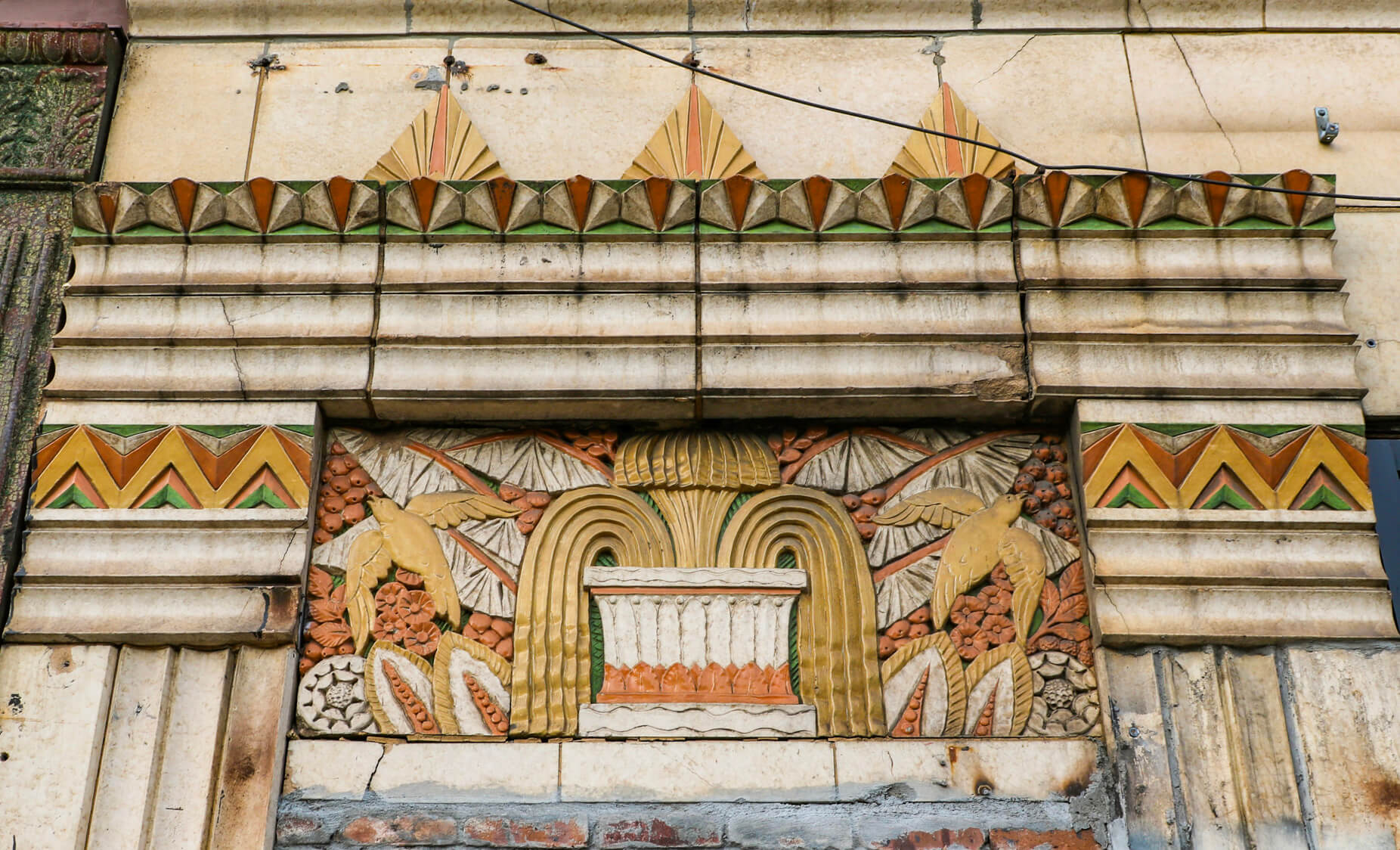
The glazed terra-cotta in rich gold, green, orange and salmon includes classic Art Deco designs, including zig-zags, stylized flowers and birds, and a flowing fountain.
The Nostrand Avenue and Herkimer Place facades have some ornamentation too — you just have to look up a bit higher to see it. At the parapets are diamonds, shells and scrolls in the same color palette as the more exuberant doorway.
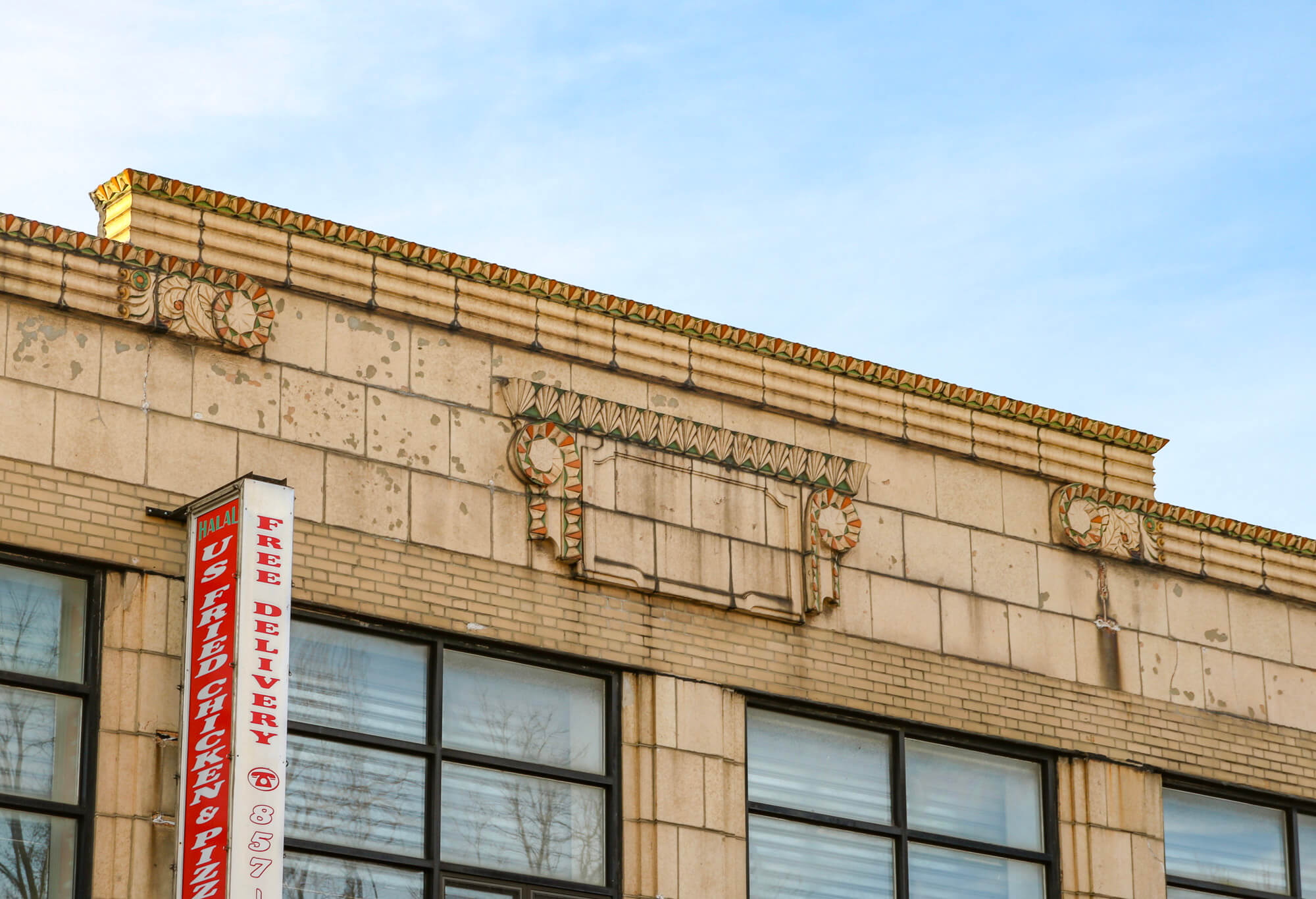
Adler, a Brooklyn-based architect, was hired by the United Improvement Corporation of Brooklyn to design the two-story structure. Who designed and supplied the terra-cotta ornamentation is unclear.
Architectural terra-cotta gained popularity in the U.S. in the 1870s and 1880s as an alternative to stone, offering decorative elements at a lower price point. Most of the early ornamentation was monochramatic — rendered in the natural baked-earth color of the material. By the early 20th century, colorful glazed terra-cotta brought new decorative options.
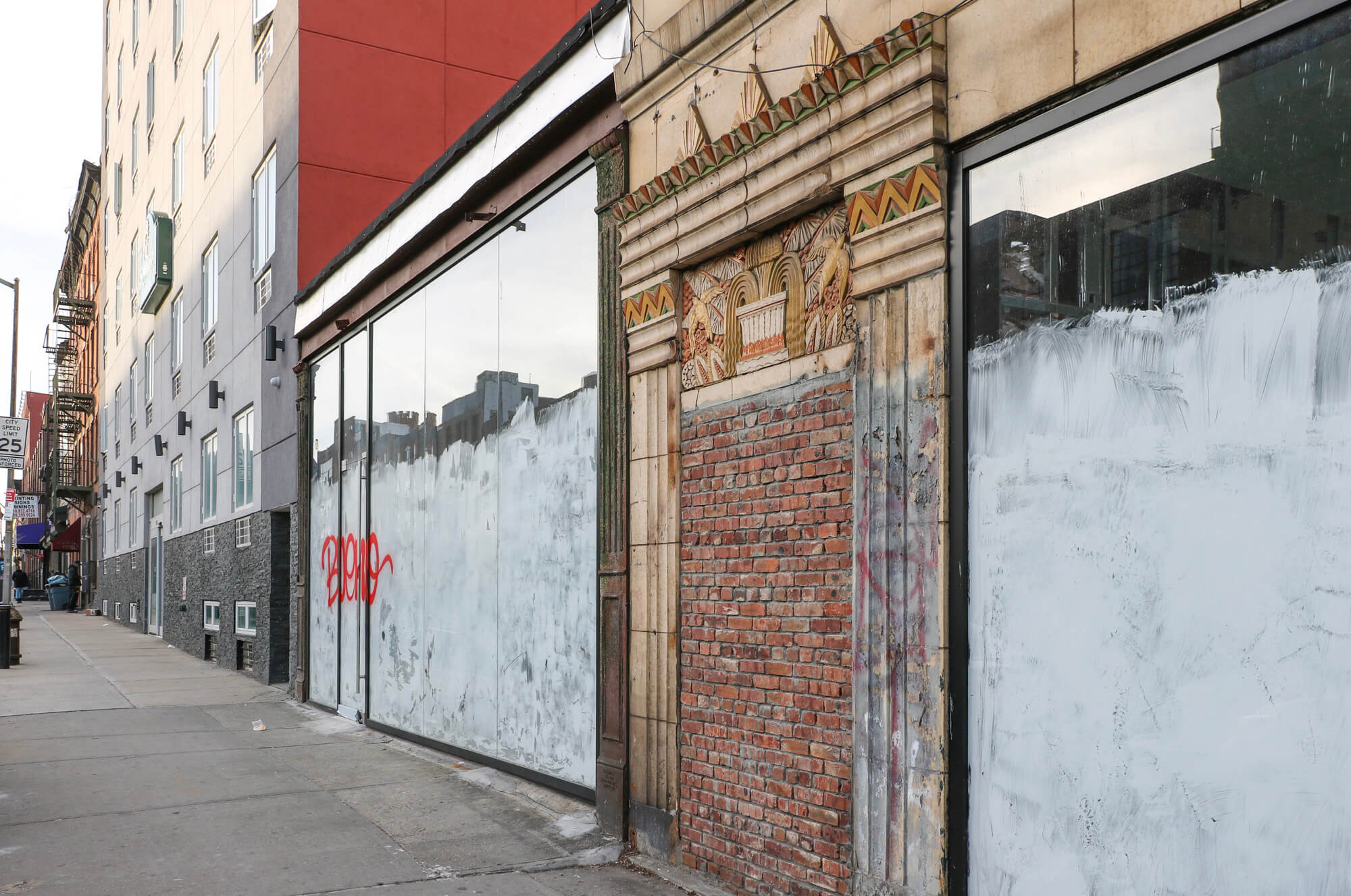
In Brooklyn, early colorful examples can be seen at the Brooklyn Academy of Music and the Brooklyn Masonic Temple, both decorated with terra cotta from the Atlantic Terra Cotta Company. It was just one of the many firms operating in and around New York.
By the time this building was completed in 1932, terra-cotta was offered in the popular streamlined designs of the Art Deco style, and Adler used them to give the fairly simple commercial structure a bit of zing. When 580-588 Nostrand Avenue received its certificate of occupancy in August of 1932, it had six stores on the first floor and offices above.
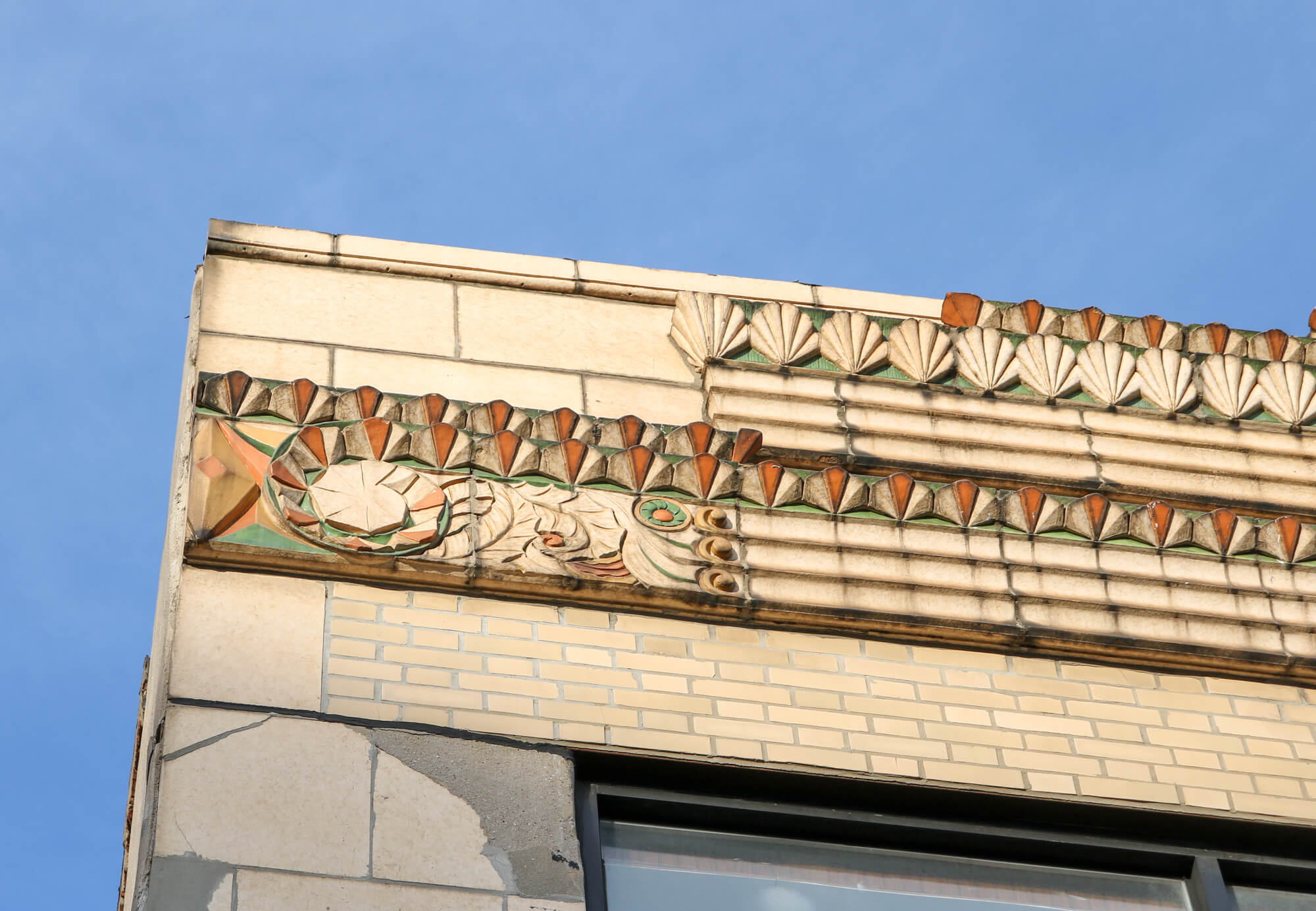
From the circa 1940 tax photo of the property it appears that the Atlantic Avenue entrance was used to reach the offices above. At the time, a dentist advertising “gas administered” was located upstairs. On the ground floor a cafeteria and a cigar shop are visible. From 1932 until at least 1942 ads in the Brooklyn Daily Eagle show that Weber’s Book Store was located in the building.
It’s still a commercial property, and during a recent visit work was going on in the storefront at the corner of Nostrand and Atlantic avenues. Permits filed show that a Footprints Cafe Express is planned for the space. Known for its Rasta Pasta, the restaurant has three other locations, but this would be its first in Bed Stuy.
[Photos by Susan De Vries]
Related Stories
- Terra-Cotta Revisited
- Mediterranean Deco Apartments With Extra Ornamental Zing Stand Out on Ocean Avenue
- The Art Deco Guardian Lions of Banking in Crown Heights
Email tips@brownstoner.com with further comments, questions or tips. Follow Brownstoner on Twitter and Instagram, and like us on Facebook.

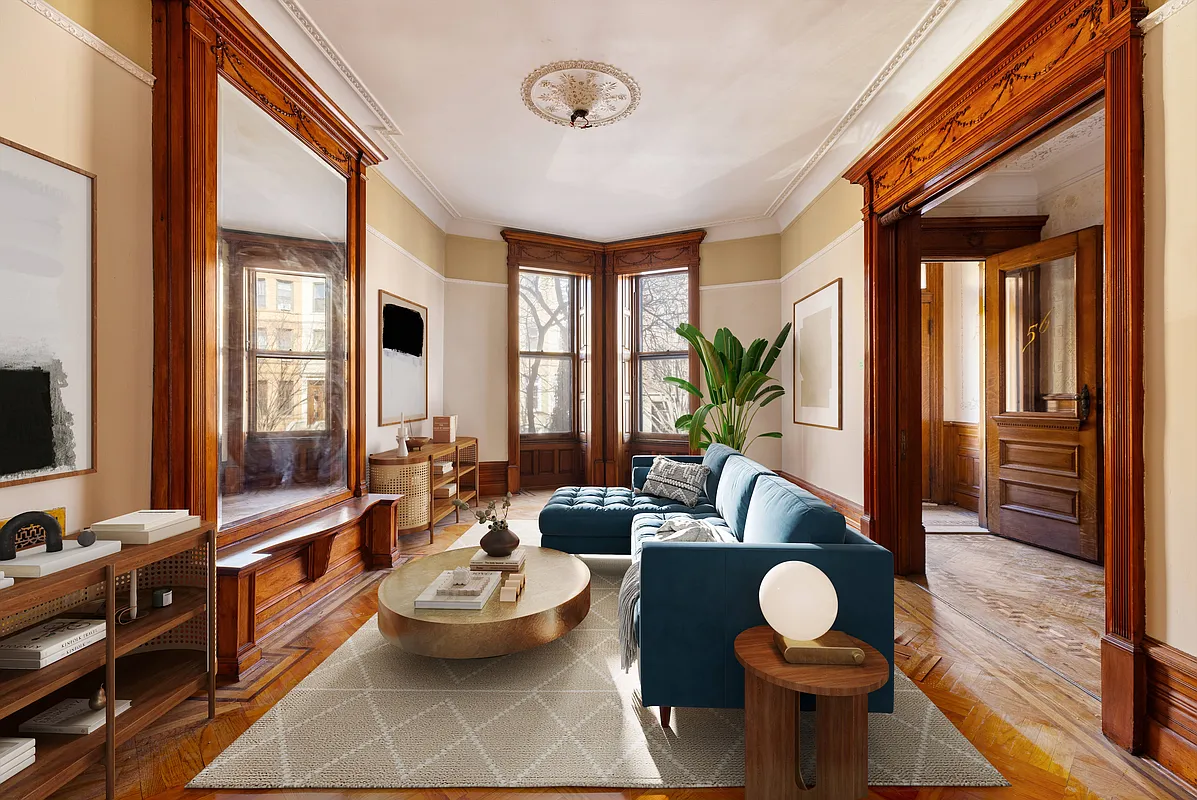
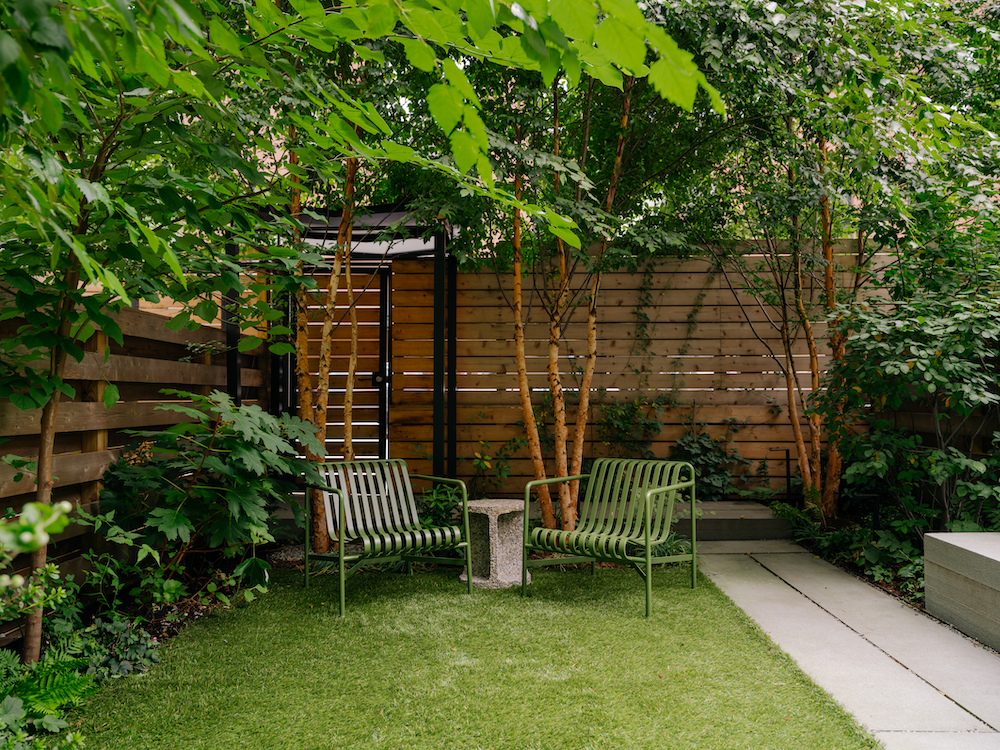
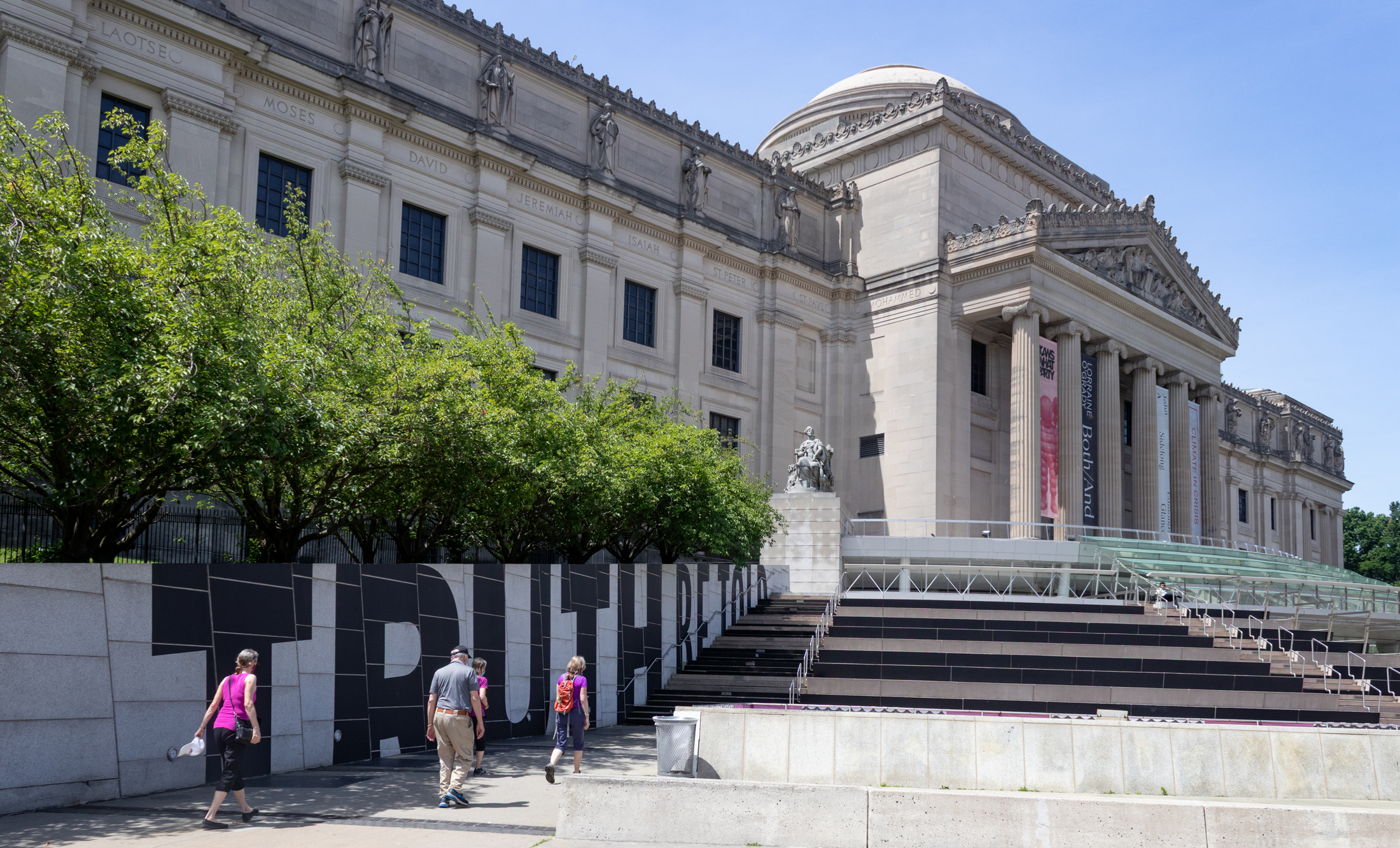
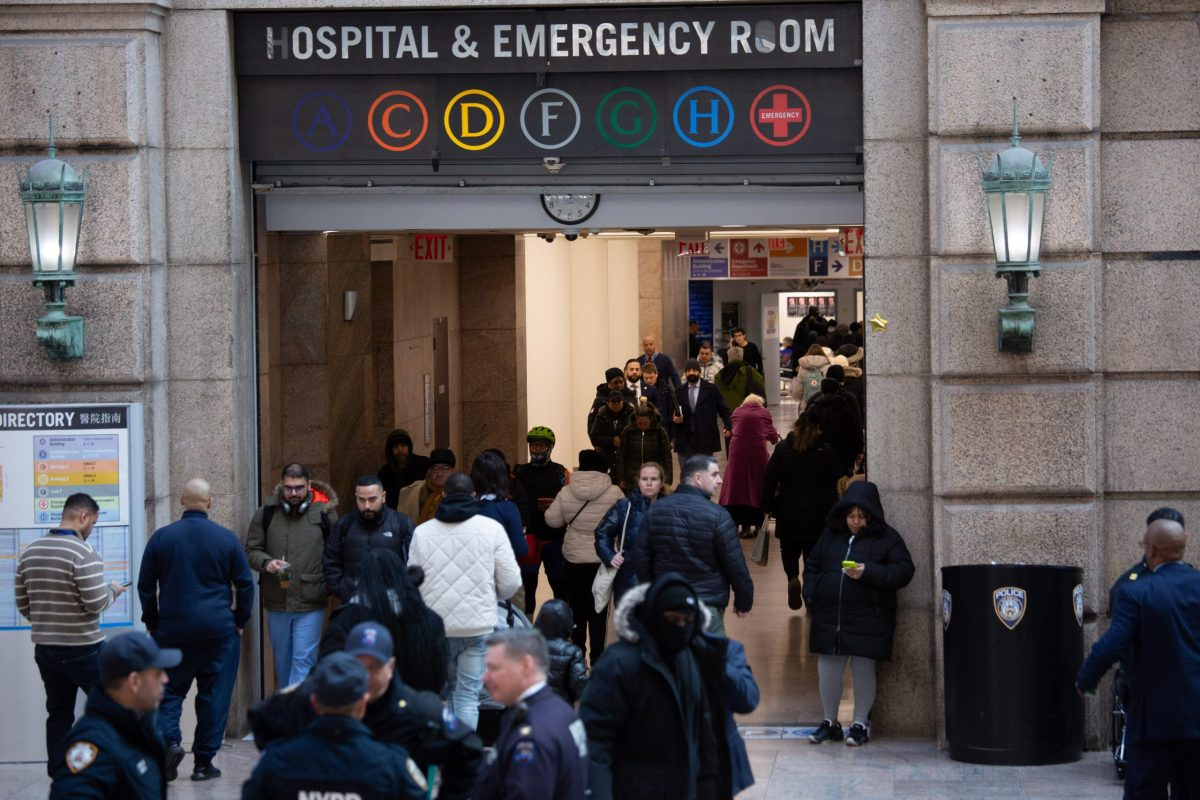




What's Your Take? Leave a Comment